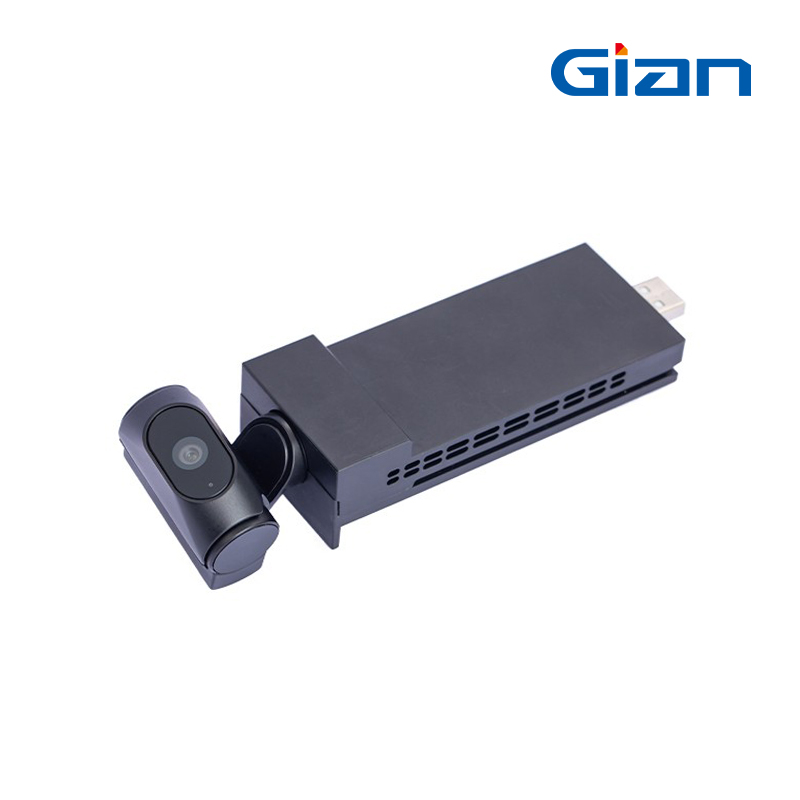Outrunner Brushless DC Motor
Our micro outrunner/outer rotor BLDC motor is designed for applications requiring high torque and efficiency in a compact and lightweight form factor. Ideal for various industries, and provide reliable and long-lasting performance.
We provide a wide range of customization options to meet your specific needs, including:
- Custom Windings: Tailored to your voltage and current requirements.
- Shaft Variations: Different lengths and diameters to fit your design.
- Mounting Options: Various configurations for easy integration.
- Integration: Compatible with various controllers and sensors for seamless operation.
Home / Outrunner Brushless DC Motor
outrunner bldc Structure

- Rotor (Outer Part): Located on the outside, it contains permanent magnets that interact with the stator's magnetic field to produce rotation.
- Stator (Inner Part): The stator, which is stationary, holds copper windings arranged in coils that generate a rotating magnetic field when energized.
- Bearings: High-quality bearings support the rotor and ensure smooth, frictionless rotation around the stator.
- Electronics: The Electronic Speed Controller (ESC) manages the timing and current flow to the stator windings, controlling the motor's speed and torque.
- Cooling: Ventilation holes in the rotor housing help dissipate heat, preventing overheating to maintain optimal performance.
- Mounting Hardware: The motor includes a mounting base and connectors for secure attachment to the application and electrical connections.
By advantage
High Torque Output
Outrunners generate more torque due to their larger diameter and external rotating rotor.
Efficient Cooling
The outer rotating shell aids in better heat dissipation, enhancing motor efficiency and lifespan.
Compact Design
Offers a more compact and lightweight form factor for high torque applications.
Smooth Operation
Provides smooth, quiet performance, ideal for applications requiring extremely low noise.
Versatile Applications
Suitable for drones, electric bikes, RC vehicles, and various industrial machinery.
High Power Density
Delivers significant power output relative to their size and weight.
From 0 to N - Full Motor Solutions
By Mounting Options
Front Mounting
- The motor is mounted via its front face, usually with threaded holes or flanges.
- This is common in applications where the motor needs to be attached to a rigid surface or directly integrated into a machine housing.
- Advantages:
- Compact setup.
- Reduces vibration transmission.
Rear Mounting
- The motor is mounted via its rear face, allowing the rotor and shaft to extend outward.
- Suitable for applications where the load needs to be mounted on the rotor side, like conveyor belts or robotic arms.
- Advantages:
- Supports high load directly on the shaft.
- Facilitates easy assembly with external components.
Side Mounting
- Brackets or custom frames are used to secure the motor sideways.
- Used in systems requiring flexibility in motor positioning, such as automotive cooling fans or industrial automation setups.
- Advantages:
- Allows unconventional orientations.
- Ideal for space-constrained designs.
Integrated Mounting with Housing
- The motor is enclosed in a casing that combines mounting and assembly for streamlined integration.
- Common in high-performance devices prioritizing aesthetics and protection, such as HVAC systems and e-bikes.
- Advantages:
- Improved thermal management.
- Enhanced durability and protection against environmental factors.
Radial Clamping
- The motor is clamped radially along its body without using the faceplate.
- Ideal for drones or lightweight applications where the motor needs quick detachment.
- Advantages:
- Quick and easy installation.
- Reduces mounting hardware complexity.
Shaft Mounting
- The motor is secured to the driven shaft directly, often using a coupling mechanism.
- Suited for direct-drive systems like CNC machines, fans, and pumps.
- Advantages:
- Eliminates the need for additional coupling components.
- Ensures precise torque transmission.
Applications

Drones and Quadcopters
- High torque and efficient cooling provide stable flight and enhanced maneuverability.

RC Aircraft
- Offers the necessary thrust and efficiency for lightweight model aircraft.

Camera Gimbals
- Provides smooth and precise motor control for stabilization systems.

Robotic Arms
- Ideal for small robots requiring precise movement and control.

Wearable Devices
- Used in advanced wearables for haptic feedback and actuation.

Medical Prosthetics
- Essential for compact, lightweight medical devices requiring precise actuation.

DIY Electronics
- Widely favored in hobbyist projects for creating custom gadgets and models.

Small Actuators
- Ideal for applications needing high torque and precision in small-scale actuators.
FAQ
How does the efficiency of outrunner brushless motor compare to inrunner motors?
Outrunner motors generally have higher torque efficiency, making them suitable for applications requiring high power at lower speeds. Inrunner motors, on the other hand, are more efficient at higher speeds.
Can outrunner bldc motor be used in high-speed applications?
While outrunner motors excel in high-torque, lower-speed applications, they can still be used in high-speed applications, but inrunner motors are typically more suited for such tasks.
How do I choose the right brushless dc outrunner motor for my project?
Consider the required torque, speed (RPM), size constraints, and cooling needs of your application. Matching these parameters with the motor’s specifications will help you choose the right one.
Are outrunner brushless motors waterproof?
Not all outrunner motors are waterproof. If you need a waterproof motor, look for models specifically designed for wet or marine environments.
How do outer rotor brushless dc motor handle heat dissipation?
The rotating outer shell of outrunner motors helps in effective heat dissipation, allowing them to maintain performance and longevity even under continuous use.
What power sources are compatible with outrunner brushless motors?
They are typically compatible with a variety of power sources, including batteries and DC power supplies, depending on the voltage and current requirements of the motor.
Is it possible to control an micro outrunner brushless motor with a standard ESC (Electronic Speed Controller)?
Yes, but it’s important to match the ESC specifications with the motor’s voltage and current requirements to ensure optimal performance and avoid damage.
What is the typical efficiency range of an outrunner brushless motor?
The efficiency of outrunner brushless motors can vary but generally ranges from 80% to 90%, depending on the design and application.





